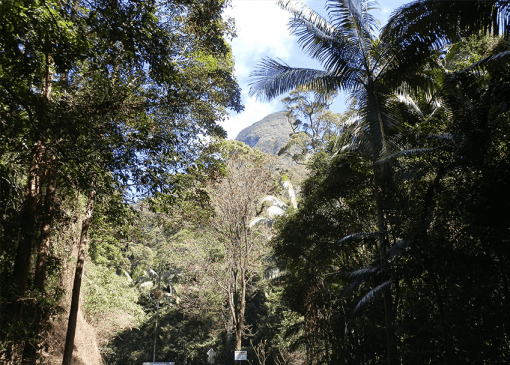Why Study this Bushcraft and Wilderness Skills (Survival Skills) Course?
Interested in learning how you can survive in the wild? Want to learn various survival skills? Then this bushcraft and wilderness will help you in all that and much more! This course will teach you every basic thing you need to learn for you to start on your adventure. Such as how to set up a camp, the different poisons in the wild, the natural resources that exist in the wild, and much more.
Study the survival skills online at Home so you will be prepared when you head out.
Learn about Hiking, Camping, Bushwalking, Exploring and leading eco tours and excursions with this survival skills online course. Survive in the wild!
Professional development course, train for a career or to start a business.
Work in an outdoor supply or camping shop; or in the tourism or leisure industries.
Whether on day or overnight trips, whenever a group goes on a trip into natural areas they need to be prepared, and led by someone who has a high level of survival skills. Every week in almost every country there are reports of individuals and groups missing in the wilderness, often quite close to help. Occassionally these events are fatal. They don’t have to be.
This course builds an understanding of the things you are likely to confront when you leave civilisation and provides a foundation for preparing yourself and those who accompany you for any excursion into a natural area.
This bushcraft and wilderness skills course is valuable to people who may have a recreational interest in wilderness exploration, orienteers, tour guides, scout leaders, or ecotour business owners.
Course Aims:
- To appreciate the scope and implications of ecotourism opportunities in wilderness areas.
- To be able to prepare for an excursion into a wilderness area
- To determine appropriate methods of protecting against the elements.
- To determine different uses for natural resources in the wilderness.
- To be able to navigate in a wilderness area using a variety of different techniques.
- To deal with a range of emergencies in a wilderness situation, including developing contingency plans and determining appropriate first aid.
- Explain campsite establishment and management.
- Determine appropriate procedures for managing different passive wilderness activities.
- Determine appropriate procedures for managing different water based wilderness activities.
- Determine appropriate procedures for managing different active wilderness activities
Lesson Structure
- Introduction
- Living Things
- Ecological Relationships
- Climatic Zones
- Climate/Soil/Vegetation Interrelationships
- Plant Associations
- Continental Drift
- Understanding Impacts of Weather on Wilderness Activities – Highs and Lows, Thunderstorms, Atmospheric pressure changes in storms, guide to weather symbols.
- Terminology
- Participant Fitness Levels – testing current physical fitness and further tests
- Introduction
- Equipping to survive – minimum essential items for the survival kit, additional items, individual medical kit
- Essential Items for Wilderness Travel
- Clothing
- Nutrition
- Food packaging
- Liability and Insurance
- Risk Assessment
- Introduction
- First Aid Procedures
- Hypothermia (exposure)
- Hyperthermia (heat exhaustion)
- Building a wilderness shelter
- Lighting a fire
- Mental strength
- Introduction
- Finding water – plan ahead to find water, how much water do you need? Landscape vegetation and animal signs, things to avoid, making an above ground still, soakage water, water from tree roots
- Case Study – Survival story
- Bush tucker or Survival Food – Australian bush tucker foods.
- Preparation of plant food.
- Animals for food
- Use of Bush Tucker Food
- Introduction
- Navigation and direction finding – how to use a compass, map reading, longitude and latitude, scale, contour lines, estimating distances, pacing.
- Navigation by the sun, moon and stars
- Introduction
- Venomous creatures – snakes – symptoms of a poisonous bite, first aid, arachnids – first aid, marine creatures – jelly fish, cone shell, first aid, scorpionfish, lionfish and stonefish – first aid, other dangerous marine creatures.
- Carnivorous mammals – bears, big cats
- Poisonous plants
- Bushfires
- Introduction
- Setting up camp
- Camping – different styles of camping
- Successful camp programming
- Waste disposal
- Introduction
- Observing nature
- Orienteering
- Environmental activities for children
- Plant collection
- Introduction
- Some water-based activities – snorkeling, scuba, sailing, speed boating and jet skiing, canoeing, white-water rafting, water skiing.
- Introduction
- Activities – abseiling, hang gliding, rock climbing, snow skiing, snowboarding
- Motorized Vehicles – landscape impact, safety, considerations
- Mountain Bikes
- Horse Riding
Enrol Now
- Experienced Tutor support
- Certificate sent to you
- Online study (Printed notes available)
- Self paced - no set timetable
- 12 months to complete course
From: $25.00 / week for 26 weeks
Get a Free Info Pack!











